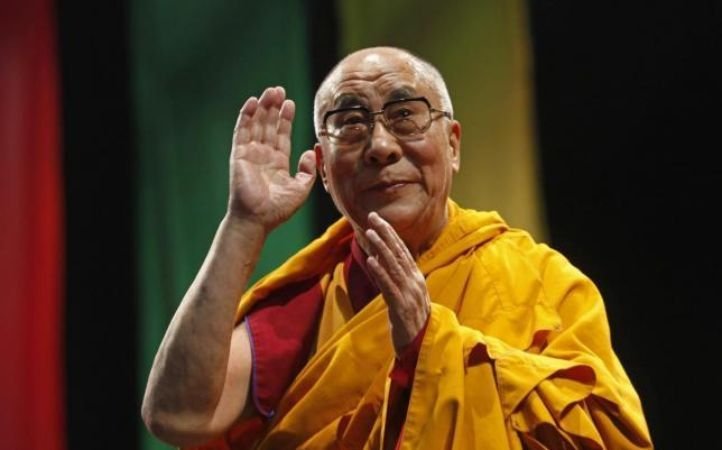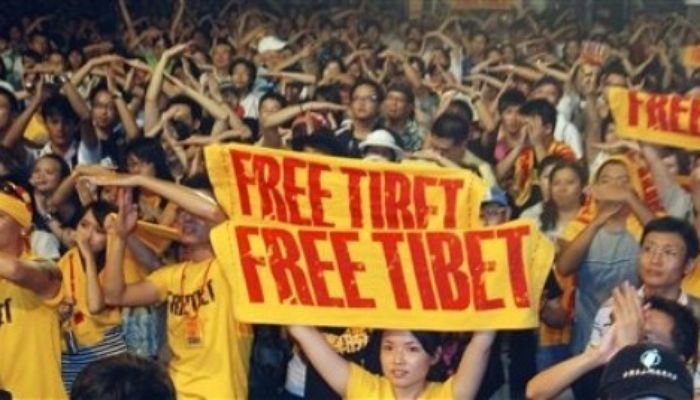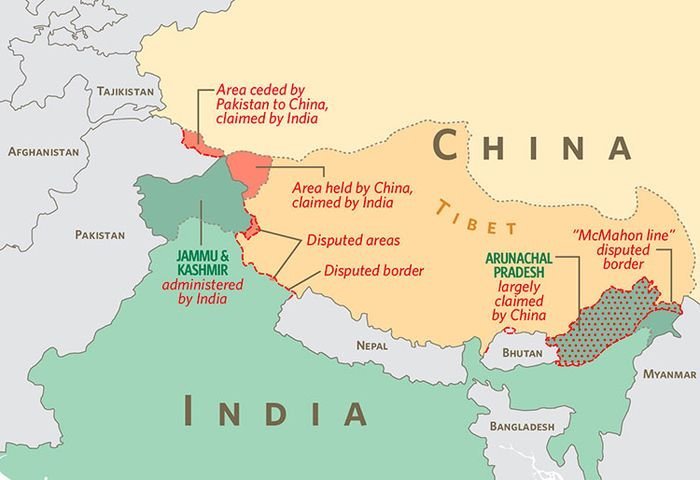The Dalai Lama is a strategic asset to India. He is the embodiment of India’s leverage on a core issue with China – Tibet. However, with the oldest living Dalai Lama turning 80 on July 6, the future of both Tibet, and the leverage that India has been reluctant to use, looks more uncertain than ever.
On the other hand , Beijing is eagerly waiting for the current Dalai Lama to pass on, so they can install a puppet as his successor. This is something Beijing has experience in, after abducting and replacing the Panchen Lama – the second most important figure for Buddhists after the Dalai Lama – the Chinese Communist Party took the chosen Panchen Lama into protective custody when he was only six and replaced him with a candidate of their own choosing.
The Dalai Lama’s 80th birthday comes just weeks after the 20th anniversary of China’s abduction of the Tibetan-appointed Panchen Lama, one of the world’s youngest and longest-serving political prisoners. This is followed by the 50th anniversary of what China deceptively calls the formation of the ‘Tibet Autonomous Region’. This in reality is a directly ruled Tibet, half of traditional areas of which were taken away and incorporated into Chinese territory.

China’s abduction of the sprawling, resource-rich Tibet, increased its land mass by 35 per cent, made it neighbours with India, armed it with control over Asia’s major river channels, and gave it a treasure trove of mineral resources. Tibet is the world’s largest lithium producer, and now the focus of China’s mining and damning activity.
The 14th (current) Dalai Lama, while coping with bouts of ill health, has suggested a range of reincarnation possibilities that break from tradition. These may avert a Panchen Lama type abduction. He has suggested he be the last Dalai Lama, or that his successor be found in the ‘free world’ – among Tibetan exiles or in the Tibetan Buddhist citadels of Ladakh and Tawang.
It is doubtful that things would go China’s way if they attempted to place a marionette Dalai Lama in Tibet. The present Buddhist leader, with his espousal of non violence and his “Middle Way” approach – ” a non-partisan and moderate position that safeguards the vital interests of all concerned parties-for Tibetans” as quoted on dalailama.com – Has maintained peaceful discourse between the two nations.

However, once his time has passed, it is not certain whether the movement will remain peaceful. The Tibetan resistance would become rudderless, creating further turbulence in a region China has tried to pacify.
How does it affect India?
China has major stakes in Tibet, with its massive damns, mining, and military activity in the region, it is all set to affect Asia’s environment and security and to pose a bigger challenge to India than any other country.
Tibet is an extremely important instrument of leverage for India against China’s rampage through Asian territory, river-water and geopolitical status quo. India has to take a strong stance against China on this matter. However, this has not happened in the recent Indo-China meeting. Prime Minister Modi resumed doing what India had halted under PM Manmohan Singh – referring to Tibet as part of China.

The Dalai Lama is India’s strategic asset against China. India must plan to act as a pivot in the Tibetan process to find, appoint and shield the next Dalai Lama.
This will not only assure that the 15th Dalai Lama is safely and rightfully chosen, but it will also undermine the Chinese choice of Dalai Lama. Doing this will strengthen India’s position with China, who continues to challenge India’s territorial integrity by claiming Indian land because of its link with Tibet.
(Any opinions expressed here are those of the author and not necessarily of ScoopWhoop)

















